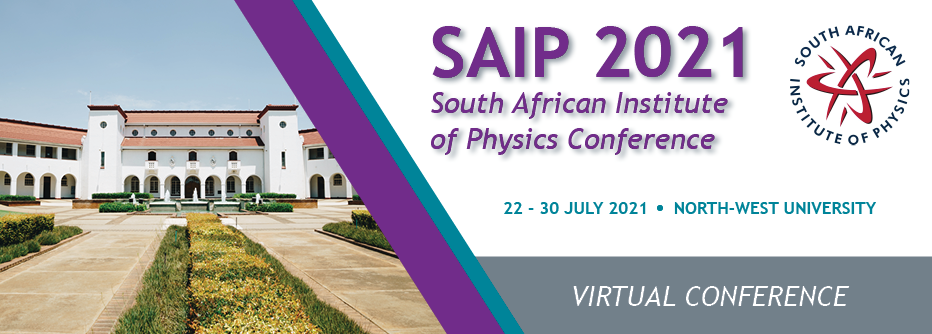Speaker
Description
The Neutron star Interior Composition Explorer (NICER) was installed aboard the International Space Station (ISS) in 2017 with the major aim of a better understanding of the extreme nature and composition of neutron stars (NSs). With its exceptional sensitivity, it hopes to constrain the equation of state for these compact objects to high precision. Modelling thermal X-ray light curves (LCs) of pulsars can also provide us insights into the magnetic field structure of NS which further helps in understanding the morphology of the surface hot spots.
Recently, works by Miller et al. (2019) and Riley et al. (2019) suggested strong evidence for a multipolar magnetic field of the millisecond pulsar PSR J0030+0451, constraining its mass and radius with unprecedented accuracy. Kalapotharakos et al. (2021) constrained the parameter space for an offset-dipole plus quadrupole field configuration, by calculating polar caps which accurately produce the NICER X-ray LC (and inferred surface hotspots) of J0030 making use of Markov chain Monte Carlo (MCMC) methods. This approach indicates field degeneracies for offset static vacuum and force-free configurations, meaning different configurations adequately describe the same observed LCs. Exploring the same configuration to fit the gamma-ray LCs measured by Fermi data breaks the field degeneracies – giving a more constrained model solution.
We are extending the above study by changing the static vacuum field configuration to a more realistic retarded field in terms of a multipole expansion, where we include higher multipoles, i.e. beyond quadrupole, and then including general relativistic effects and an offset configuration. Exploring the field parameter space by using MCMC for this configuration to fit the X-ray LCs and corresponding Fermi gamma-ray LCs would help us constrain the field structure, and eventually the stellar mass and radii, more robustly. In the talk, the impact of this work and future implications would be discussed.
Apply to be considered for a student ; award (Yes / No)?
Yes
Level for award;(Hons, MSc, PhD, N/A)?
Post-doc

